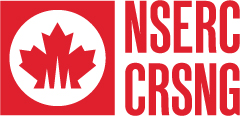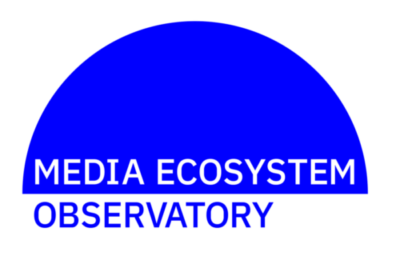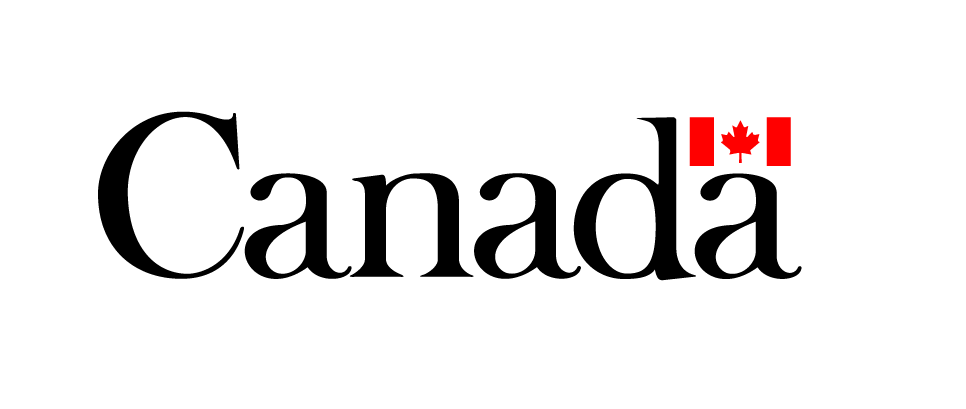
Responding to Science Disinformation
Reliable, authoritative, and frequently communicated information by the Government of Canada has been a flagship success of the COVID-19 response; however, science and health disinformation persist. Indeed, a global pandemic may demonstrate both why it is so critical to find a path forward on addressing health and science disinformation, and the role that the federal government may play moving forward. Science and health disinformation is not new, but the ever-deepening of the challenge has been amplified by COVID-19.
In June 2020, PPF produced Science Disinformation in a Time of Pandemic. This project leveraged interviews with key stakeholders and an expert roundtable focused on responding and mobilizing future action on the issue of science and health disinformation. The paper argued that science has long been poorly understood by the greater public, but while a fascination with pseudoscience predates the rise of social media, the algorithms of the new media environment reward ever more outrageous content. The report’s concluding thought was “from now on, if we value reason and scientific understanding, we must recognize that we are in a propaganda war, and it is permanent.” Further, our roundtable demonstrated a desire for practical and tactical recommendations to the federal government on the role that it can play to address health and science disinformation.
Now, a year on, PPF brings forward a second report on Science and Health Misinformation in the Digital Age, by PPF Fellow and Professor, Peter J. Loewen and Assistant Professor, Eric Merkley. This report synthesizes existing academic research and perspectives shared by academics and practitioners to answer three questions:
- How is misinformation spread?
- Who is most likely to fall prey to misinformation?
- How do we combat misinformation and its effects?
In answering these questions, the report highlights three case studies of science communication and misinformation — climate change, vaccines and COVID-19. There is no one solution as misinformation comes from a variety of different sources, but the authors provide five recommendations for practitioners and government agencies to combat misinformation and mitigate its consequences in science and public health policy.











